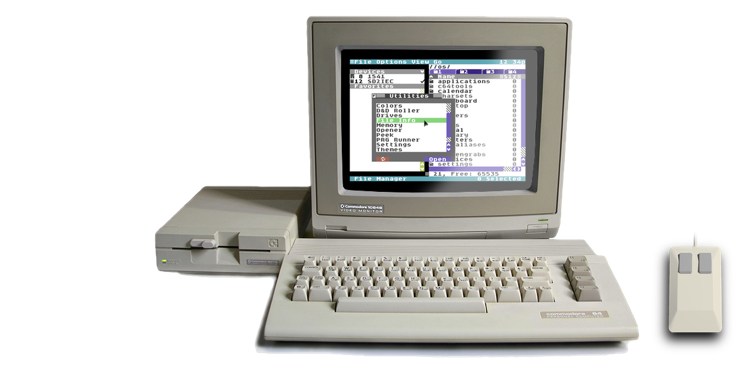C64 OS Networking Guide
Introduction: Part II
Traditionally, when we think about networking on the Commodore 64, we think about dial-up modems, terminal emulation software, and BBSes. If you were very lucky, you might have had access to QuantumLink (Q-Link,) a dial-up service dedicated to the Commodore 64 and 128 computers that eventually transitioned into America Online (AOL.)
Original dial-up modems are a thing of the past. Most land-based telephone lines are no longer physical stretches of copper wire with mechanical switching, at least not end-to-end. Now those lines are bridged to the internet where the low-quality voice information gets heavily compressed. The compression is designed for human voices, not the high-pitched squeals of analog modems, making original modems impossible to use now in many homes.
Fortunately for us, we have access to a wide variety of TCP/IP-based modem emulators. These connect to modern home networks via wifi or ethernet, perform all of the TCP/IP work inside the modem, and present an interface of AT-commands over an RS-232 connection to the Commodore 64. The AT-command to dial a phone number has been replaced by a command to open a TCP/IP socket connection to a host on the internet.
What does this actually mean for us? How does this underlying technological transformation affect what the old breadbin can do with networking?
The Commodore 64 came to maturity in the age of the BBS, before the World Wide Web was invented, and before other older internet protocols for email, chat and file transfer became a regular household experience. The rise of TCP/IP-based modem emulators has led to the proliferation of TCP/IP-based BBSes. Many of these are still hosted by real Commodore computers, just like they were in the old days. And the same venerable terminal emulation software can still be used, like Novaterm or Desterm, and even some with recent support like CCGMS.
Accessing BBSes will forever remain a nostalgic and entertaining part of retro-computing; it's what we grew up with. But how BBSes work and what the C64 can do with them does not even begin to compare with what a Commodore 64 is capable of now that it has direct access to the internet.
The purpose of this guide is, firstly, to provide the practical information necessary to connect C64 OS to the internet, which was the subject of Part I. But secondly, it is to explore and explain how C64 OS approaches and implements networking, and how this unlocks powerful new things that we perhaps never imagined our C64 would be able to do.
Sometimes the most unlikely candidates can achieve the most extraordinary things. Unknown.
Part II: Commodore Network Protocol
This section is under development.
Table of Contents
This document is subject to revision updates.
Last modified: Jan 06, 2025

